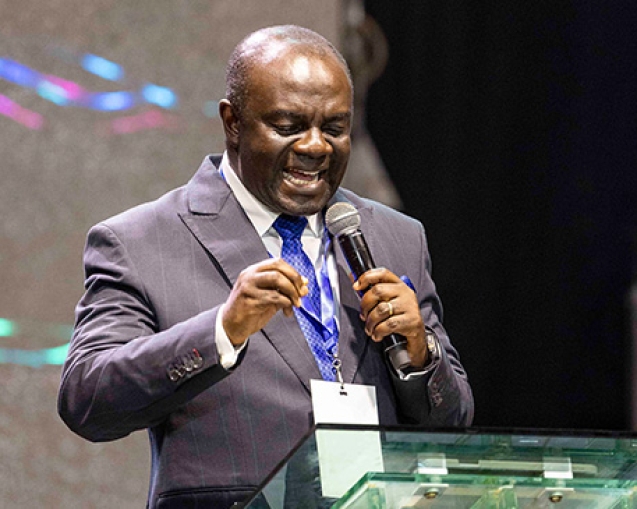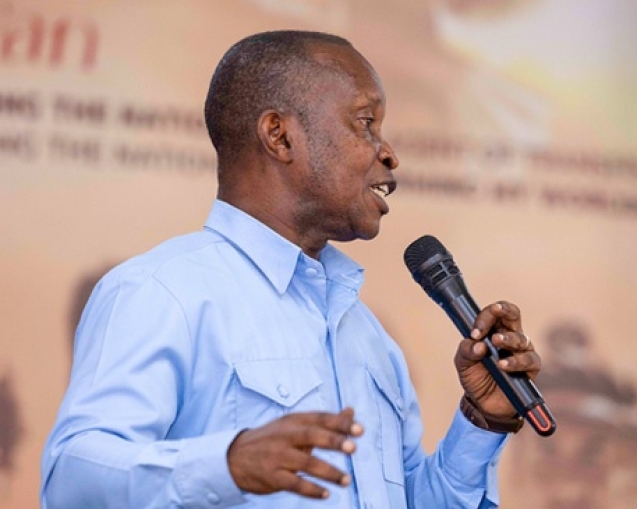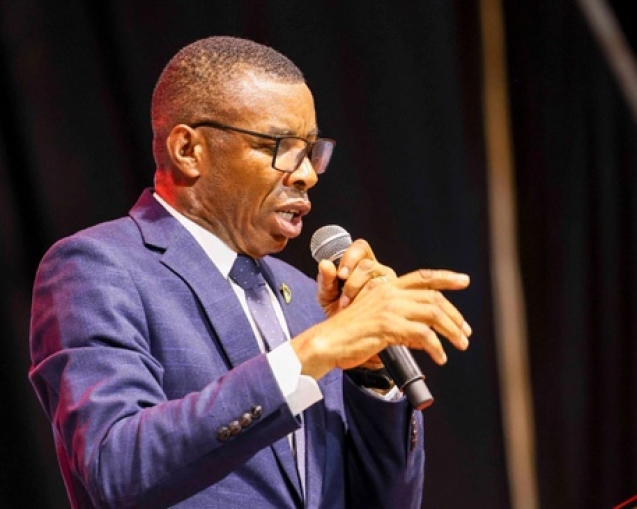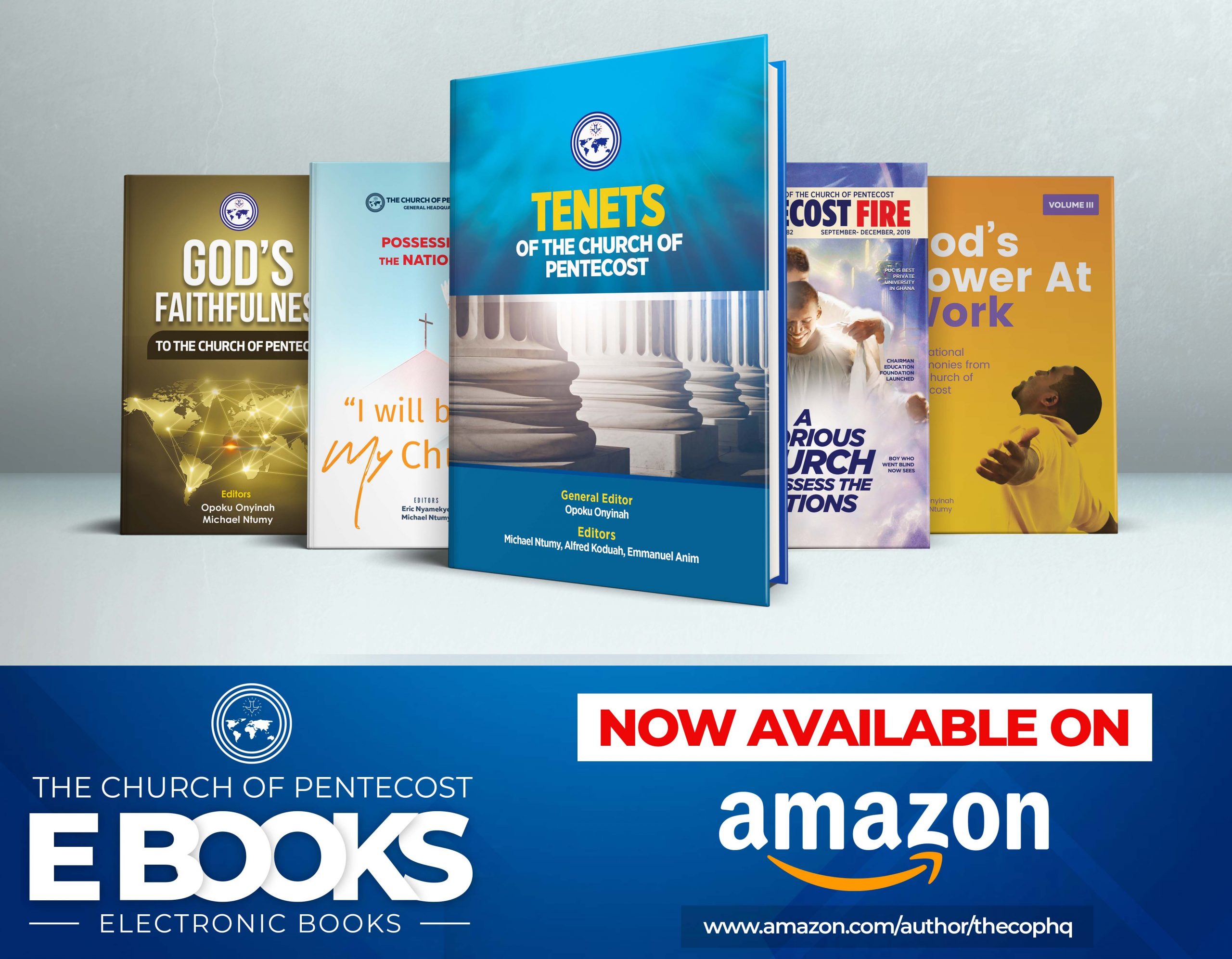The Church, as both organism and organogram, seeks to balance spiritual vitality with structural integrity, focusing on creating a dynamic, adaptive, and effective church that honors God and serves His people. The Church exists as an organogram, serving as a structured institution with defined roles, leadership, systems, and governance. On the other hand, the “organism” emphasises the Church as a living, spiritual body, with Christ as its head. The life of the Church flows from the Holy Spirit, who empowers, guides, and nurtures us. In summary, the organism gives it vitality, while the organogram gives it form and direction.
In balancing spirituality with administrative framework, The Church of Pentecost places much premium on what is referred to as “The COP Whitepaper.”
The term “White Paper” originates from government and policy contexts, where it refers to an authoritative report or document that presents information, proposals, and decisions on a particular direction.
In the context of The Church of Pentecost, the Whitepaper serves as an official document borne out of the General Council Meetings and the Extra-Ordinary Council Meetings. It contains vital decisions, such as constitutional amendments, reviews, appointments, elections, creation of areas and districts, calls into the offices of Apostle, Prophet, Evangelist, Pastorate, and ministerial training, transfers, retirement, medical leave, leave of absence, dismissal, resignation, doctrinal directions, upgrade/downgrade of ministers, etc.
GENERAL COUNCIL MEETING AND EXTRA-ORDINARY COUNCIL MEETING
In The Church of Pentecost, “The General Council” refers to the highest policy-making body of the Church, with regular and statutory meetings held yearly, dubbed “General Council Meeting.” “Extra-Ordinary Council Meeting,” on the other hand, is a special meeting of the General Council that is called outside the usual annual schedule to address urgent or significant matters. Practically, an Extra-Ordinary Council Meeting is held when there is no constitutional amendment, voting (elections into various portfolios), or discussion and approval of major policies.
According to Church history, in 1985, the Executive Council decided to introduce a revised version of the yearly meeting called “Extra-Ordinary Council Meeting” to minimise the number that attend the General Council Meeting. Subsequently, the Extra-Ordinary Council Meeting was introduced and first held in 1986.
THE SPIRIT OF COP MINISTERIAL TRANSFERS
Transfers within The Church of Pentecost are a prayerfully guided practice aimed at enhancing the Church’s mission and ensuring effective pastoral care across its global network. These transfers, which involve moving ministers from one district, area, or nation to another, are rooted in the Church’s commitment to spiritual growth, leadership development, and administrative efficiency.
• Aligning with Divine Direction
Transfers are not just administrative moves; they are Spirit-led decisions. The Executive Council, in consultation with Area Heads and guided by prayer, discerns God’s will for where a minister should serve next. This spiritual oversight ensures that the right person is placed in the right field at the right time.
• Promoting the Growth of the Church
One of the core reasons for transfers is to advance the spiritual and numerical growth of the Church. By placing ministers in new environments, the Church ensures a continuous flow of fresh vision, energy, and strategies that can stimulate revival and outreach. It also helps prevent stagnation or over-familiarity between ministers and congregations.
• Preventing Ministerial Burnout and Encouraging Renewal
Regular transfers help refresh ministers, allowing them to recharge spiritually and mentally. A new environment can reignite passion, encourage creativity, and allow ministers to refocus on their divine call without becoming too comfortable or complacent.
- New perspectives: A new minister brings fresh ideas, experiences, and approaches to ministry, which can revitalise the Church.
- Diverse leadership styles: Exposure to different leadership styles can help the Church develop a more well-rounded approach to ministry.
- Networking opportunities: Transfers can foster connections between churches, enabling collaboration and resource sharing.
It is strongly believed that “The spirit of the letter is the determination of the destiny, next course of action, and future of the minister.” It’s a charting course for pursuing God’s agenda, fulfilling assignment, and actualising calling. In essence, it’s a manifestation of a divine plan for unleashing the chosen at a particular season to a destination where his ministry and gifts are of much essence.
SIGNIFICANCE OF “THE COP WHITEPAPER”
- Transparency and Accountability: The Whitepaper provides a clear and concise record of the Church’s decisions, actions, and leadership changes, promoting transparency and accountability within the organisation.
- Guidance and Direction: The document serves as a guide for Church members, leaders, and officials, outlining the Church’s vision, mission, and goals, and providing direction for its ministries and activities.
- Historical Record: The Whitepaper serves as a historical document, preserving the Church’s decisions, actions, and progress over time, allowing for reflection, evaluation, and improvement. At the same time, it contributes to the Church’s legacy and heritage, preserving its history, values, and principles for future generations.
- Communication and Information: The Whitepaper facilitates effective communication and information sharing among Church members and leaders, reducing confusion and misinformation. It carries the authority and credibility of the Church’s leadership, providing a trusted source of information and guidance for its members and the wider community.
- Membership Engagement and Empowerment: By providing a clear understanding of the Church’s direction and decisions, the Whitepaper empowers members to engage actively in the Church’s ministries and activities.
- Leadership Transition and Succession: The Whitepaper ensures a smooth transition of leadership and facilitates succession planning, minimising disruptions and maintaining stability within the Church.
Written by Elder Patrick Turkson (Asenemaso District Youth Leader, Abukwa Area)


















